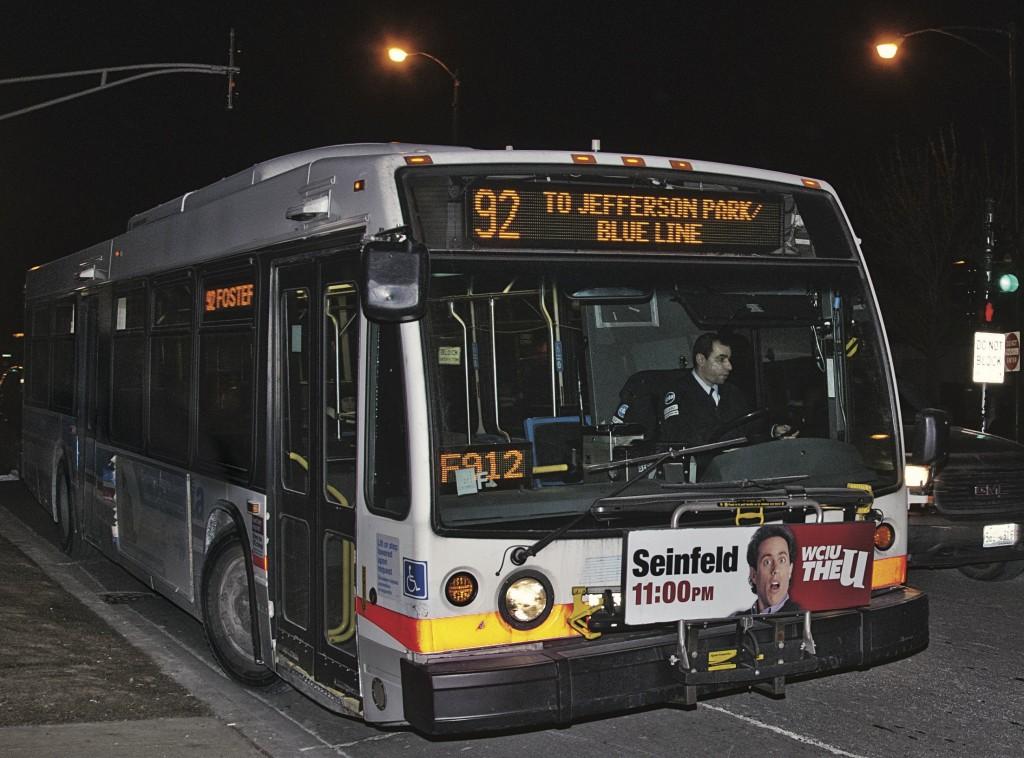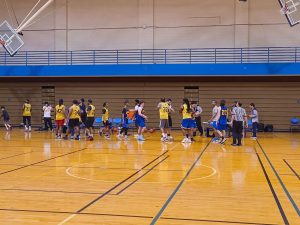Increased Prices for CTA
February 8, 2013
– [post-date] –

Frequent riders of the Chicago Transit Authority (CTA) are now paying more out of pocket to travel. The fare hikes went into effect on Jan 14, 2013, and are expected to generate an estimated $56 million for the previously cash-strapped CTA.
The majority of the increases in price only affect riders utilizing one of the CTA’s unlimited ride cards. There is also a surcharge on all pay-as-you-go magnetic strip cards purchased at the blue line O’Hare Airport stop.
The rise in prices for the 3-day pass, the 7-day pass and the 30-day pass were substantial. 3-day passes that were $14 are now $20, a 42.9 percent increase in price, while the 7-day passes rose to $28 from $23, a 21 percent increase. The 30-day pass, previously $86, now costs $100, a 16.3 percent increase. The surcharge on the O’Hare Blue Line stop rose from $2.25 to $5, an increase in price of 122 percent. Reduced student fare decreased by 10 cents to 75 cents, a decision made to help increase school attendance by Chicago students, CTA President Forrest Claypool told CBS News last week.
According to CTA Chairman Terry Peterson, these prices along with the base fare of $2.25 are set to stay the same until at least 2015. According to the CTA, an estimated 55 percent of CTA customers use the multi-ride passes. Many Chicagoans depend on it as a vital cost-saving measure in a tight economy. But many question the wisdom of the choice to levy a fare hike on the CTA’s most consistent customers, the multi-ride passengers. Significantly raising the cost of bulk ride purchases to the point of rendering the savings insignificant runs contrary to conventional business practices and may decrease income due to passengers being unable or unwilling to pay out the higher rates.
As it stands, a passenger using a 30-day pass will now have to take at least 46 full-fare rides in a month (as opposed to 40 previously) to see any savings over paying the single-ride fare of $2.25. 7-day pass users now have to utilize the pass for a minimum of 14 full-fare rides within a week, up from 12. Riders using the CTA’s 3-day pass must use the pass 10 times over 3 days to save money over the per-ride price.
CTA users will eventually get to reap a few benefits of the price increase, including energy-efficient rail cars that will have aisle facing seats, and new six –car trains equipped with multiple security cameras, complementing the other cameras on the stations platforms for increased passenger safety. The CTA is the second largest public transportation system within the U.S., servicing 140 bus routes and 129 rail stations. According to the CTA, an average of 1.6 million rides are taken on its buses and trains per work day. This is second only to the New York Transit Authority, which boasts 7.4 million riders on the average workday.








